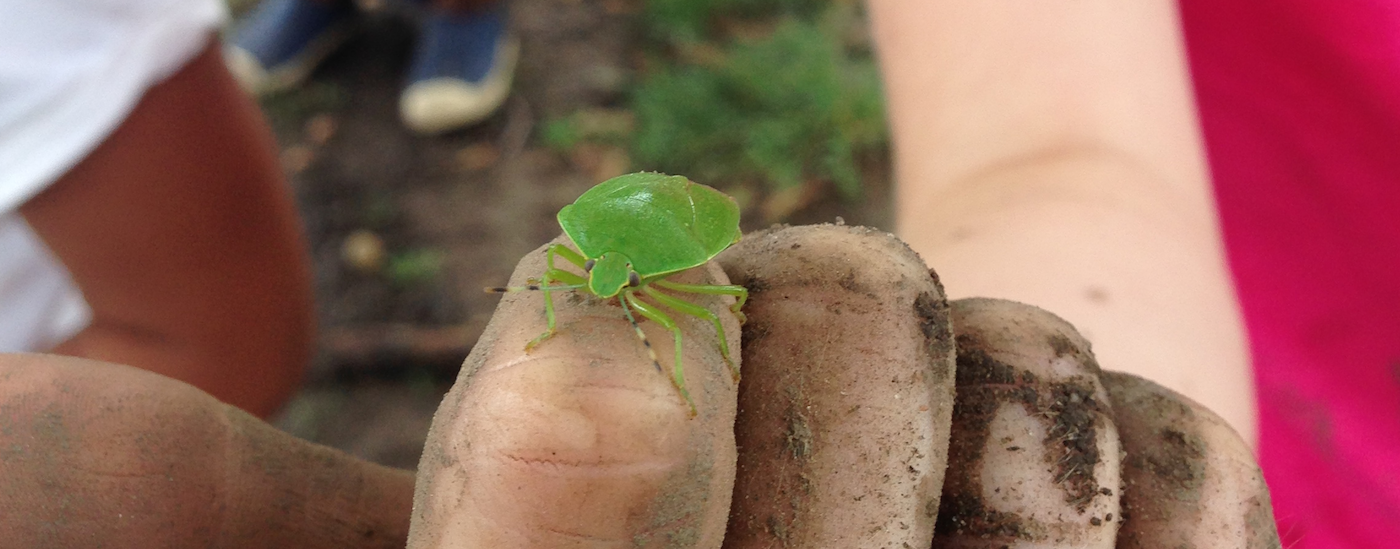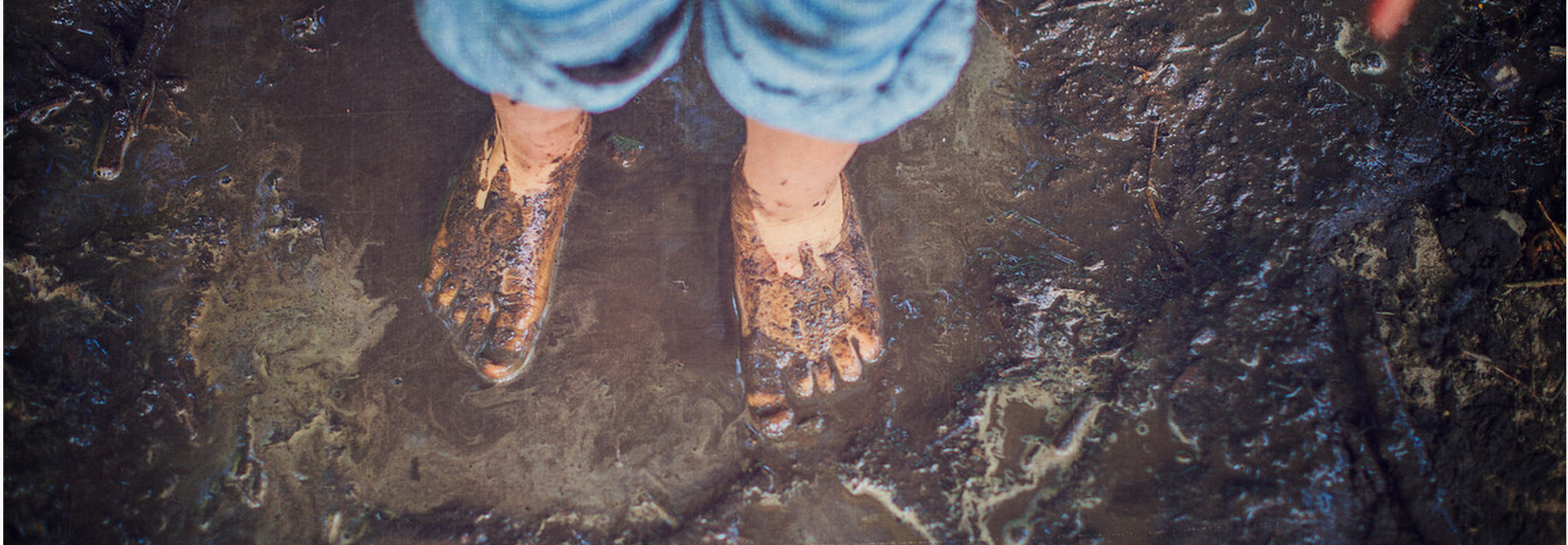What are schema and why should you care?
There are patterns of repeatable behavior known as "schema" that you can notice in your child's play during early childhood (~18months-age 5 or 6). No matter where you are in the world, these same schema are exhibited by kids. Experts believe that when kids repeat these patterns in different situations, kids develop physically and cognitively. In turn, they are better able to understand, navigate and interact with their worlds, resulting in transformative learning. Kids naturally become absorbed in repeating these patterns, and practice with schema is highly engaging for them.
“Children’s schemas can be viewed as part of their motivation for learning, their insatiable drive to move, represent, discuss, question and find out.”—Professor Cathy Nutbrown, UK
How are schema useful to parents and teachers?
First, it just feels great to better understand your little ones. Once you notice these patterns, your child's seemingly random and (occasionally frustratingly) repetitive actions suddenly appear elegant and purposeful. Best of all, once you realize that they are really exploring a certain schema or two, you can pick activities for them that give them the opportunity to practice them, increasing their engagement and extending their learning.
Does every kid get absorbed in schema?
These are universal patterns, but different kids will engage in schema in different ways. For example, some kids dabble in schema, engaging in several at any given time. Others move from one schema to another over time. Others still stay working on a single schema for years.
How should you support your child as they exhibit schema?
Exploration with various schema is built into Tinkergarten activities. It's also interesting to notice how some of the best kids' toys enable children to practice with schema.
To get started, check out the most common schema and see if you recognize these patterns in your child's behavior. If you do, check out our activities that help to extend his or her learning by supporting that schema. For fun, mention these to your friends as you watch their children at play. They'll be in awe of your observation skills, any maybe even refer to you as the toddler-whisperer?!
The scoop on common schema:
Transporting
You may have noticed that your child seems to spend lots of time picking up objects, putting them into a container, perhaps only to transfer them to another container or dump out the container and start again. Your child may also simply love to haul around hefty things (e.g. logs, books, blocks). Kids may also love to fill up wagons, carts, strollers, etc. so they can "transport" objects or people around.
Rotation/Circulation
So many children become engrossed in spinning around and around to the point of dizziness…who hasn’t?! Kids who are focused on rotation/circulation spin themselves or become fixated on watching things that rotate, like a wheel, or the clothes dryer. That is the magic behind rolling down a hill.
Trajectory
Many kids go through a phase or just always seem to like moving in straight lines. They probably like to walk along the cracks in the sidewalk, balance on the curb, walk along a log, climb up and down ladders or whiz down slides. Some can't get enough of those swings. They also love to throw, drop, roll and toss all kinds of things.
Positioning
Kids like to order, arrange and position objects or themselves. They may arrange blocks, cars, rocks or other objects in lines, rows, piles or patterns. Drawing, painting and sculpture work likely includes lines and patterns as well. Lining up may be a favorite activity, and where friends and family stand, sit or walk may be of particular interest.
Enveloping/Enclosing
Kids like to cover, wrap or enclose things and themselves. For example, your child may hide themselves under the bed covers, love to wrap up in a towel after the bath, or use a single crayon to cover a whole piece of paper during art time. You may also notice a time when your kids continue to find places to tuck objects or themselves out of sight (aggrrr, not the keys again!). They may love to sit in tunnels, climb into empty boxes, hide up in trees, build forts, or squirrel away in a little area under the stairs. Or, they may love to tuck treasures away into boxes, bags, pockets or hidden nooks around the yard.
Connecting
A child might spend a great deal of time connecting things to one another. You may notice that they love to join the train tracks together, link LEGOs in long chains, build “fences” out of blocks, each block touching its neighbor. They also love to use tape, glue, string, and other things that connect objects.
Transforming
Kids like to transform the shape, feel and look of things and themselves. You'll notice this when they are dressing up in costumes or putting on make up. These are your potion-makers and demolition crew, who may add milk to their mashed potatoes, make potions in the backyard, knock down buildings and towers, and mix all of the play-doh colors together...in short, they can be a big sister’s nightmare!
Age: 3 to 8+
Time: 1 hour+
Materials: glass jar; water; tea bags; herbs (e.g. peppermint, basil); fruit slices (e.g. lemon, orange, cucumber)






